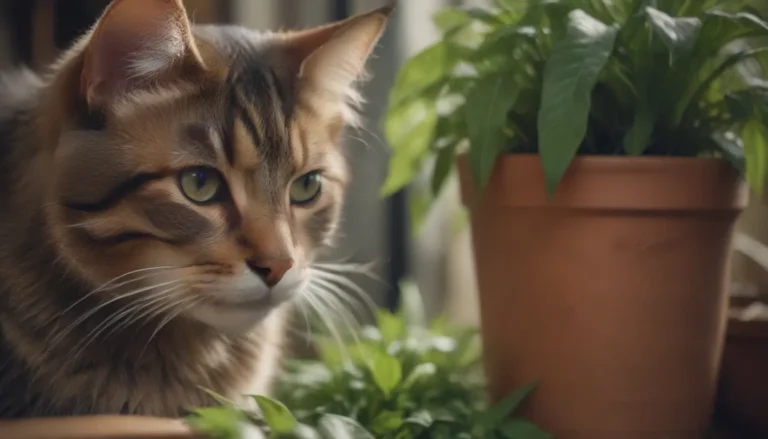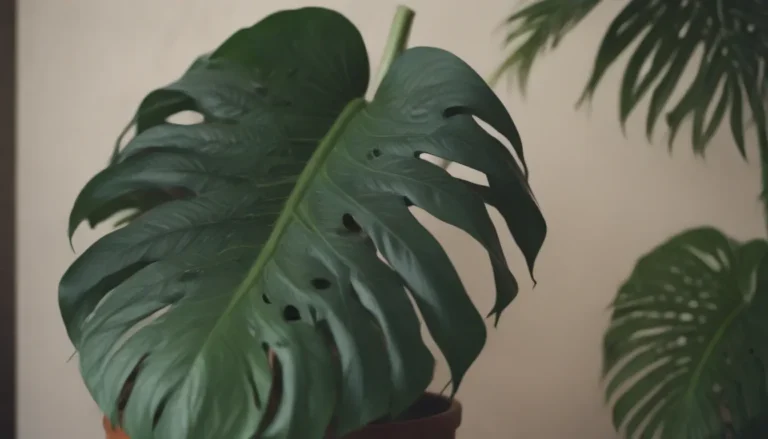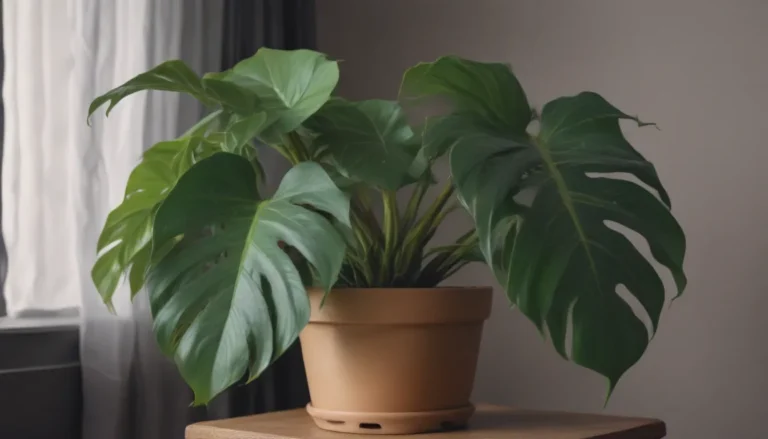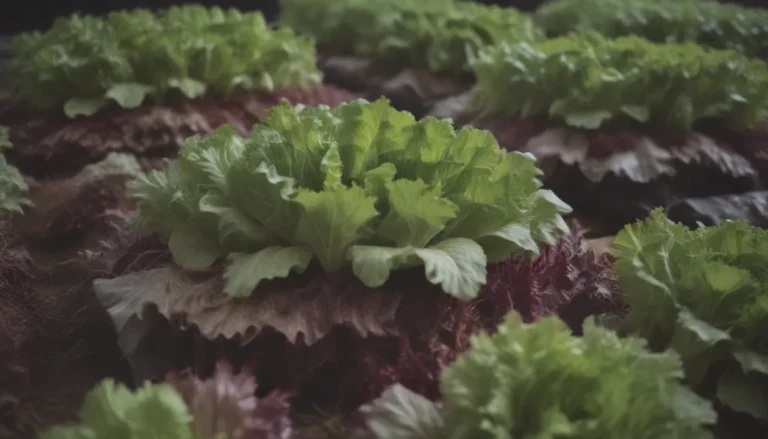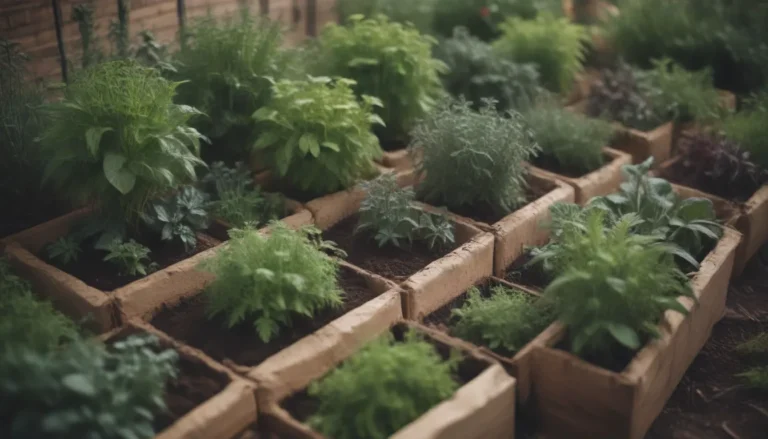The Ultimate Guide to Growing and Caring for String of Hearts Houseplants
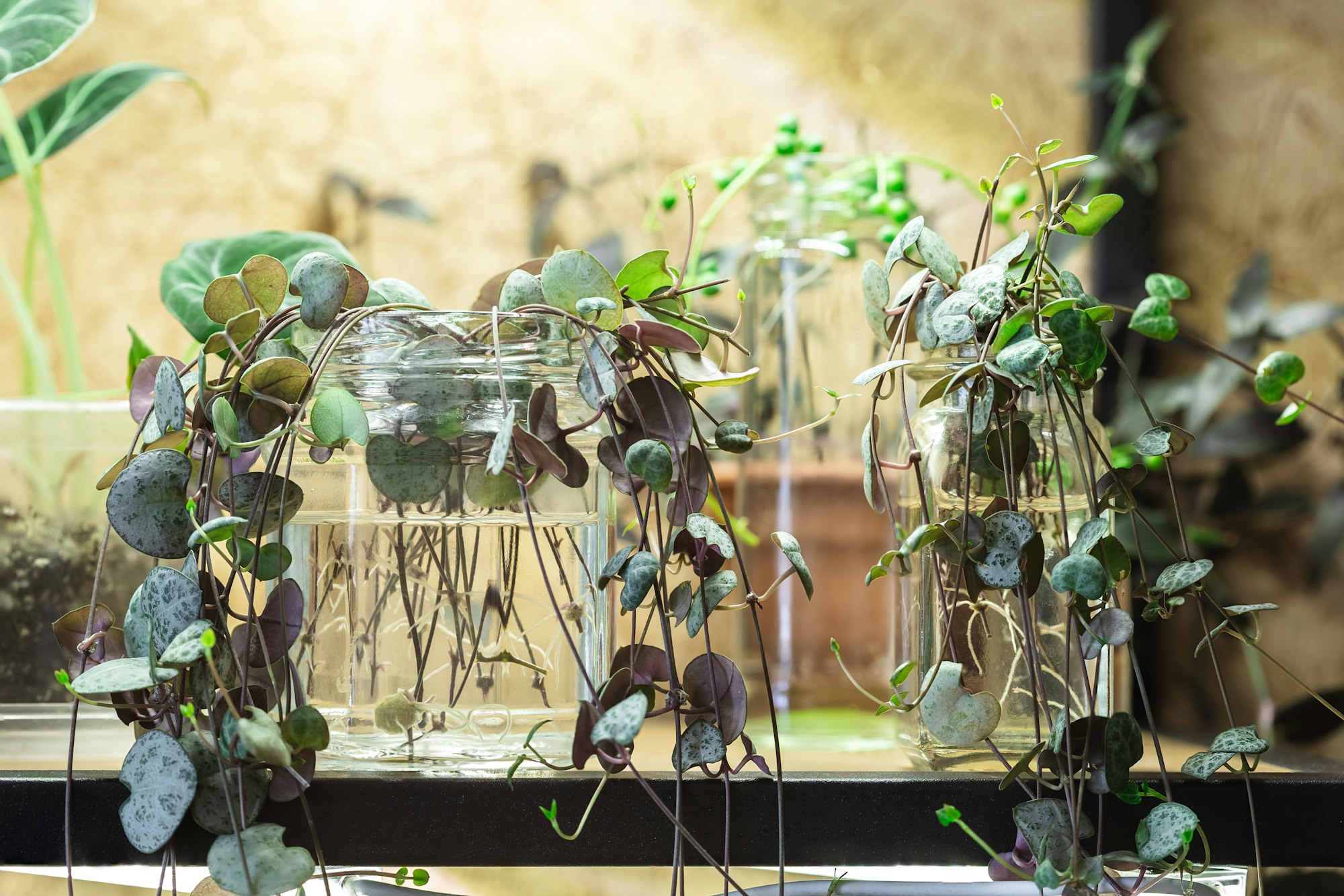
Welcome to the ultimate guide on how to grow and care for the unique and lovely String of Hearts plant (Ceropegia woodii). If you’re looking to add a touch of greenery to your home with an easy-to-care-for houseplant, the String of Hearts is the perfect choice. In this comprehensive guide, we’ll delve into everything you need to know about cultivating and maintaining this beautiful plant. From light and soil requirements to watering tips and common problems, we’ve got you covered.
What is a String of Hearts Plant?
The String of Hearts plant is a one-of-a-kind houseplant with evergreen, succulent, trailing vines that look stunning in hanging baskets or pots on shelves and window sills. With its heart-shaped, fleshy, gray-green foliage adorned with an eye-catching marbled pattern, this plant is sure to capture the hearts of plant enthusiasts. The thin, string-like vines of the String of Hearts feature a distinctive purple shade and can cascade up to 12 feet once they reach maturity.
Characteristics of the String of Hearts Plant
- Foliage: Heart-shaped, fleshy, gray-green leaves with a marbled pattern
- Vines: Thin, string-like vines with a distinctive purple shade
- Growth: Fast-growing and long-lived, reaching up to 12 feet in length
- Uses: Ideal for hanging baskets, pots, ground cover, rock gardens, and walls
String of Hearts Plant Care Tips
Taking care of a String of Hearts plant is relatively easy, especially during the warmer months when the plant is actively growing. Here are some essential care tips to ensure your plant thrives:
Light Requirements
- Place your String of Hearts plant in a location where it receives bright but dappled, filtered sunlight for optimal growth and flower production.
Soil Needs
- Use well-drained cacti potting mixes for your String of Hearts plant. While they appreciate decent fertility, overly rich soil can make the plant look straggly. Add pumice or perlite to ensure proper drainage if using an ordinary potting mix.
Watering Schedule
- Although the String of Hearts is drought-tolerant, it requires more frequent watering than many other succulent species. Allow the soil to dry between waterings to prevent issues such as swollen foliage, leaf drop, and messy growth habits.
Temperature and Humidity Requirements
- String of Hearts plants thrive in temperatures above 60 degrees Fahrenheit and prefer warm, humid conditions. Avoid prolonged exposure to cold temperatures and high humidity, especially during the plant’s winter dormancy phase.
Fertilizing Needs
- Feed your String of Hearts plant with a fertilizer specifically designed for succulents, following the product label instructions. Avoid high-nitrogen fertilizers, as they can make the plant overly soft.
Types of String of Heart Plants
The String of Hearts plant comes in various cultivars, each with its own unique characteristics. Here are some popular types of String of Hearts plants:
- Ceropegia woodii variegata
- Ceropegia woodii ‘Heartless’
- Ceropegia woodii ‘Silver Glory’
- Ceropegia woodii ‘Orange River’
- Ceropegia linearis
Pruning and Propagating Your String of Hearts Plant
While pruning is not necessary for String of Hearts plants, you can trim the vines to manage their length and promote bushier growth. For propagation, stem cuttings are the most common method. Here’s how you can propagate your String of Hearts plant:
- Water Propagation: Place the stem cutting in water until roots form.
- Soil Layering: Allow the stem cutting to root in soil while still attached to the mother plant.
- Direct Soil Planting: Plant the stem cutting directly into well-draining soil.
Potting, Repotting, and Overwintering
String of Hearts plants benefit from being repotted every few years to promote healthy growth. In the right conditions, these plants can thrive even when pot-bound. During the winter months, allow the soil to dry out to induce dormancy. Gradually reintroduce water and warmth to the plant as spring approaches.
Common Pests and Plant Diseases
Keep an eye out for common pests such as mealybugs, aphids, and scale that might infest your String of Hearts plant. Additionally, watch for fungal infections like mold and root rot. Treat infestations promptly to prevent damage to your plant.
How to Encourage Blooming in the String of Hearts Plant
While the String of Hearts plant may not produce large, showy flowers, its small, tubular blooms are charming and unique. To encourage blooming, provide ample bright, indirect light, maintain plant health, and feed the plant with fertilizer during the spring and summer months.
Troubleshooting Common Problems with String of Hearts
If you encounter issues such as yellowing leaves, dropping leaves, or curling leaves with your String of Hearts plant, consider factors like overwatering, cool temperatures, insufficient sunlight, or underwatering. Adjust your care routine accordingly to address these problems and help your plant thrive.
Yellowing Leaves:
- Caused by overwatering or cool temperatures
- Reduce watering and ensure proper drainage to prevent root rot
Dropping Leaves:
- Indicative of overwatering or lack of sunlight
- Check soil moisture levels and adjust watering frequency
Curling Leaves:
- Sign of underwatering
- Establish a regular watering schedule and provide adequate sunlight for the plant
In conclusion, the String of Hearts plant is a delightful addition to any indoor garden with its unique foliage and easy-care nature. By following these care tips and guidelines, you can ensure that your String of Hearts plant thrives and flourishes in your home. Whether you’re a novice plant enthusiast or a seasoned gardener, the String of Hearts is sure to capture your heart with its charm and beauty. Happy gardening!
